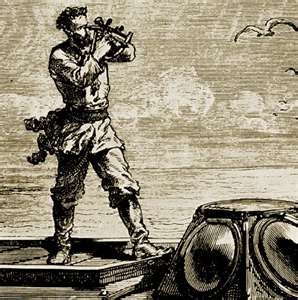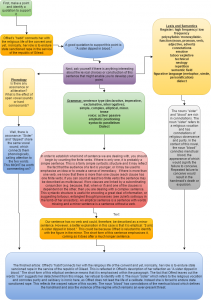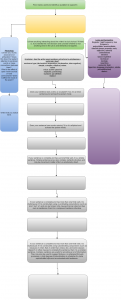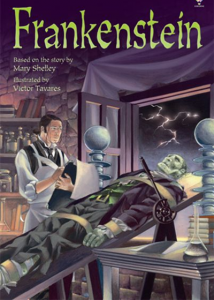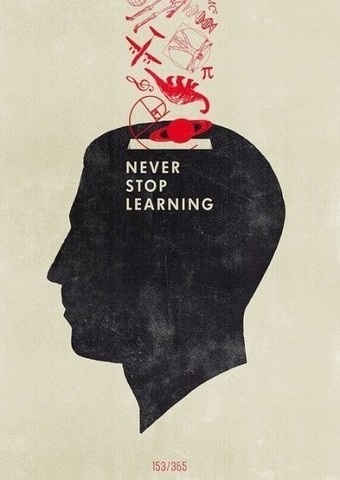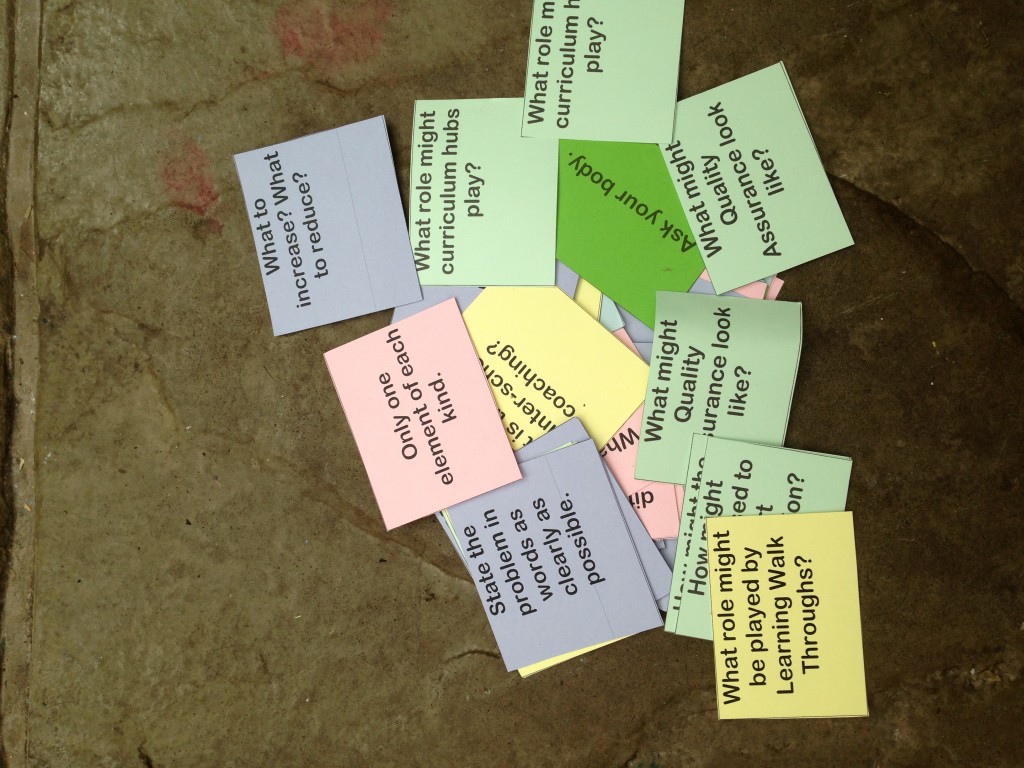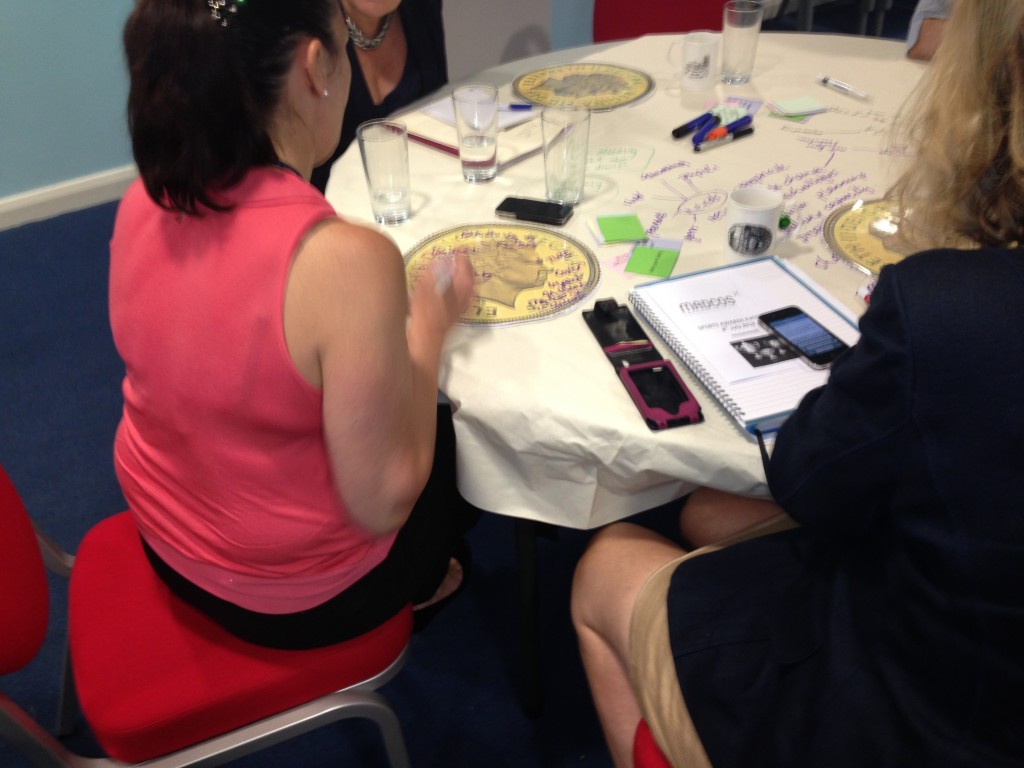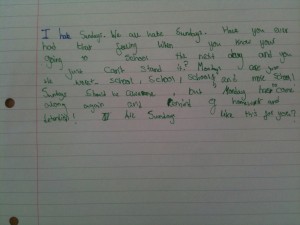
Havisham
Beloved sweetheart bastard. Not a day since then
I haven’t wished him dead. Prayed for it
so hard I’ve dark green pebbles for eyes,
ropes on the back of my hands I could strangle with.
Spinster. I stink and remember. Whole days
in bed cawing Nooooo at the wall; the dress
yellowing, trembling if I open the wardrobe;
the slewed mirror, full-length, her, myself, who did this
to me? Puce curses that are sounds not words.
Some nights better, the lost body over me,
my fluent tongue in its mouth in its ear
then down till suddenly bite awake. Love’s
hate behind a white veil; a red balloon bursting
in my face. Bang. I stabbed at a wedding cake.
Give me a male corpse for a long slow honeymoon.
Don’t think it’s only the heart that b-b-b-breaks.
Carol Ann Duffy
Before I begin, I need to make it absolutely clear that I am not holding this sequence of lessons up as an example of ‘outstanding’ practice. Having said that, it certainly represents progress in terms of my own engagement with SOLO and I feel confident that not only did the pupils enjoy the lessons, they also learnt a good deal about the poem and, in some cases at least, overcame their fear of tackiling ‘difficult’ poetry independently.
I have been experimenting with SOLO taxonomy since September and my pupils have responded well. I have seen the positive impact of the approach reflected in the development of a shared pedagogical language; greater engagement and, above all, deeper learning. The following lesson was my third or fourth attempt at SOLO stations, an approach I picked up from @totallywired77, @lisajaneashes and @learningspy. However, each time I have made the mistake of trying to move the pupils from prestructural to extended abstract in the space of an hour. As a result, the pupils made progress and learning took place, but there was little time for reflection and, therefore, not much in the way of deep thinking. I blame this on what I have come to think of as the ‘forward momentum’ of SOLO. Extended abstract exerts a powerful gravitational pull and the temptation is to try to get there as quickly as possible. The trouble is that this inevitably comes at the expense of deeper thinking. Time for reflection has to be factored into the SOLO stations approach if genuine learning is to take place.
So, my first aim in planning the lesson sequence was not to rush things. My second aim was to encourage my poetry-phobic Y10 pupils to engage with a difficult poem in a purposeful way. As this poem was the first text that we would study in preparation for a controlled assessment, the focus of which was to be the representation of love in two poems by Carol Anne Duffy: Havisham and Human Interest and the early scenes of Romeo and Juliet, I was keen to encourage them to engage with the poetry independently. Firstly, because this was the best way to encourage them to develop a personal response and secondly because, whether they liked it or not, they would have to work with unseen poetry in their literature exam. I hoped that SOLO would provide a scaffold for their learning and that the SOLO stations approach would enable them to decide upon their own entry point and to progress through the levels at their own speed. Finally, I wanted to make a differentiated approach to literacy integral to the unit and I hoped that the SOLO connectives would enable me to do this.
Having recently read ‘Oops! Helping Children to Learn Accidentally’, I remain very much under the influence of the book’s author, Hywel Roberts. In Oops, Hywel talks about the importance of building anticipation and creating imaginary contexts for learning and I decided that this approach would help me engage my disaffected Y10s.
Lesson 1
In the first lesson I introduced the ‘Big Question’ which we would keep returning to during our preparation for the CA, namely ‘Is love a mental illness?’ This generated a good deal of very interesting discussion. Next, we talked about the role of psychoanalysts in treating mental illness by interpreting the dreams, behaviour and language of their patients. I called one of the pupils out to the front of the class. I had prepared him earlier and he related a dream in which he was in his home town and speaking in his mother tongue, but no one could understand a word he said – not even his family. We then discussed possible interpretations of his ‘dream’. Finally, I explained that in the following lesson they would be working with footage and a transcript of a patient and attempting to reach a diagnosis. The result was a satisfying sense of anticipation amongst the members of the class.
Lesson 2
At the beginning of the next lesson, I reminded the class of the ‘Big Question’ before screening a clip from David Lean’s adaptation of Great Expectations and, having asked the pupils to underline vocabulary that they were unsure of, I read the poem. Pupils fed back and I clarified terms like ‘spinster’ and ‘slewed.’ Next, I explained that they were to take on the role of psychoanalysts. They would work through a series of station/ tasks designed to help them focus with gradually increasing depth on the language and behaviour of ‘the patient’ as presented in the transcript/ poem. Once they had identified, listed, analysed and explained aspects of Mrs Havisham’s behaviour and language, the final outcome would be a ‘report’ on the patient. I briefly reminded them of our agreed protocols for SOLO stations and told them that, while they could begin at any station, the point was not to ‘progress’ as fast as they could through the levels, but to develop as deep an understanding of the patient’s plight as possible – this might necessitate returning to the unistructural and multistructural stations to gather more ‘knowledge’.
Pupils carried a psychoanalyst’s ‘notebook’ with them in order to record their ideas and assess their progress against SOLO self assessment rubrics which were tailored to each station. They then decided where they wanted to start based on their assessment of their current understanding. All of the stations were clearly identified, so that pupils could navigate the room with ease and as had been the case in previous attempts, those pupils who had been a little ambitious in their self assessment adjusted their starting points quickly.
There were two prestructural tables, which were strewn with confetti and images of Mrs Havisham from various adaptations and illustrations. There were also copies of the extract from Great Expectations and paper tissue boxes complete with strips of paper containing additional information regarding Mrs. Havisham (an idea I nicked from David Didau’s excellent blog) .There were also multistructural and relational tables. At one multistructural station, pupils worked with the text highlighting examples of oxymorons, similes, metaphors and onomatopoeia and exploring what they told us about Mrs Havisham’s state of mind. At one of the relational stations pupils worked with the blacked-out shape of the poem, exploring how that might connect with Mrs Havisham’s behaviour and use of language in the poem as a whole. Most importantly of all, each ‘station’ had an objective and an outcome and its own SOLO self assessment rubric. This meant that even if the task was geared towards gathering multistructural information, pupils could potentially achieve at an extended abstract level of thinking. For instance, in the case of a task that required pupils to ‘identify’ (unistructural) and ‘list’ (multistructural) the things that Mrs Havisham ‘did’, they could still develop an understanding of how her relative lack of activity – she sits and ‘stinks’; ‘caws’ at the walls and opens a wardrobe – could be connected with the powerlessness of women in a patriarchal, Victorian society (extended abstract). Unfortunately, not one of the little critters came up with that! Pupils understood that they were to take time out between stations to self assess, reflect and develop their ideas. You will perhaps have noticed that I have not referred to any extended abstract stations. That’s because there weren’t any. In attempt to slow things down, I had decided to save this final level for the third lesson in the sequence.
Lesson 3
In the third and final lesson, pupils worked in small groups with their notebooks, discussing and developing their ideas. I then supplied differentiated writing frames for the report and relational connectives for the main body of the text and extended abstract connectives for the diagnostic conclusion. Pupils had to refer to their notes in order to write about the background to Mrs Havisham’s breakdown, her behaviour and her language. In the conclusion, pupils drew on all of the information to develop a hypothesis or a diagnosis, using extended abstract connectives.
The Verdict
This was an improvement on my previous experiments with SOLO stations lessons. There was time for reflection and each station was differntiated using the SOLO self assessment rubric. As a result pupils were engaged and produced good work. However, the psychoanalytical ‘frame’ for the lesson meant that the final product did not read like literary criticism and could be seen as an unnecessary distraction. This may have been a flaw in my planning: after all, this was preparation towards Controlled Assessment. However, they enjoyed adopting the role of psychotherapists: the pace of work was productive and there was understanding; there was analysis and pupils were mostly able to pull it all together into something approaching a hypothesis or diagnosis, which explained the elements of the poem and the connectives seemed to work well.
If I’m honest, I think that the sequence was a little ‘busy’ – it certainly took a lot of preparation – and in future I will adopt a more pared down approach. I would also avoid using the psychoanalytical frame as an over-arching approach to analysis of thge poem. Although the pupils enjoyed it and the idea of reaching a diagnosis leant purpose to their reading, it was in the final analysis a distraction.
